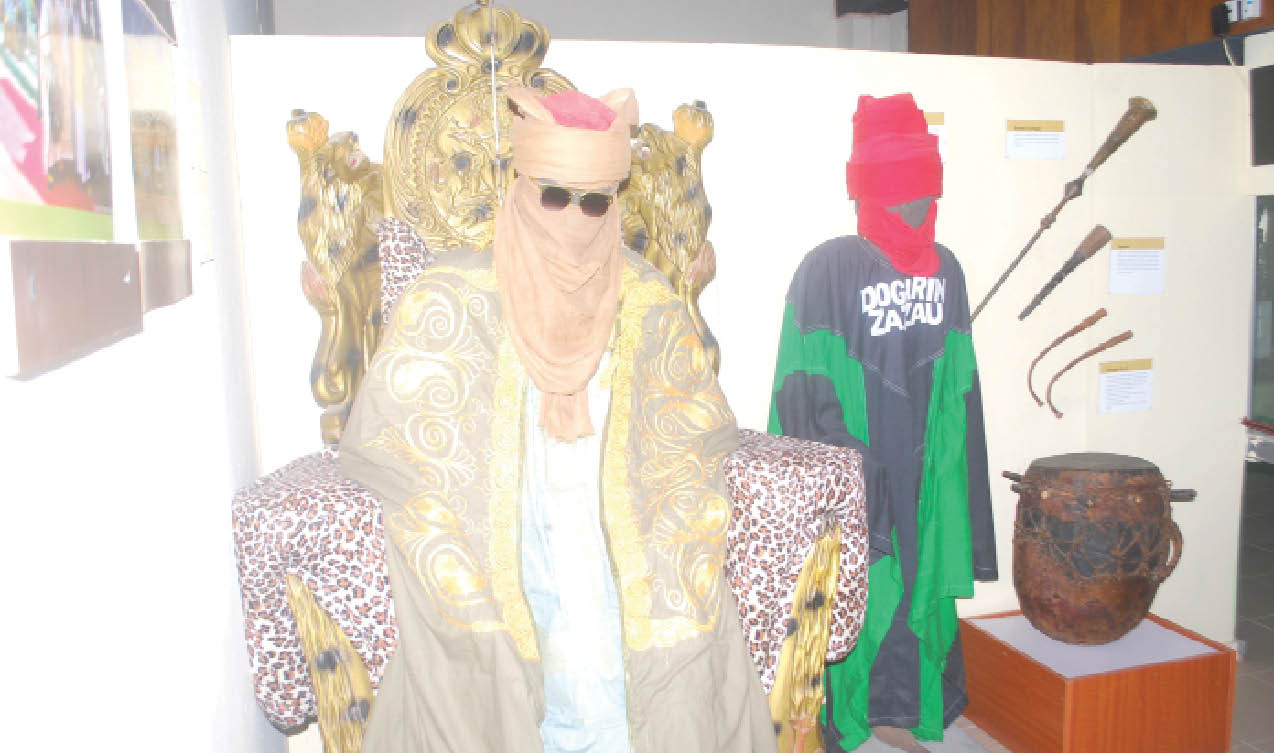Low patronage leaves Kaduna museum a relic all its own
Two years ago, when the National Museum Kaduna reopened after four years of closure due to renovation, it was hoped that the reopening will bring back the beehive of activities it used to witness. Unfortunately, meager resources and lack of patronage is hindering the day-to-day running of the museum, Daily Trust Saturday has learnt. But […]

Emir of Zazzau, Alhaji Shehu Idris
Two years ago, when the National Museum Kaduna reopened after four years of closure due to renovation, it was hoped that the reopening will bring back the beehive of activities it used to witness.
Unfortunately, meager resources and lack of patronage is hindering the day-to-day running of the museum, Daily Trust Saturday has learnt.
But for visits by schools which account for about 70 per cent of visitors the museum receives and a scant few foreigners, the museum has remained a shadow of itself.
The museum, established in 1975, and located opposite the Emir of Zazzau’s residence in Kaduna, along Ali Akilu, is one of the many historical monuments the city inherited for being the capital of the defunct Northern Region.

Daily Trust Saturday further gathered that the museum has witnessed some improvements in the last two years, as it is now home to over 8,000 artifacts, mostly of the Nok culture.
Some of the artifacts on display at the museum include Nok terracotta, Igbo-Ukwu, classical Ife sculptures, works from the Zaria, Benin court arts representing the pre-historic section, and other cultures in Nigeria.
Speaking on the state of the museum, the Curator, Malam Mohammed Gimba, said the museum witnessed a total of 7,547 visitors in 2018.
According to him, “Low patronage is a major challenge. You will discover that visits from schoolchildren is the highest percentage, so when schools are on break, the museum is very dry and inactive except for one or two individual visits.”
Gimba decried the lack of financial resources to market the museum, and called on organisations and wealthy individuals to contribute to its sustainability.
While noting that museums worldwide are non-profit making organisations, he added that the museum has been able to educate its visitors, especially schoolchildren, with the token fee being charged visitors.

Gimba added, “In the north, we do not attach importance to our culture, but because we want to bring people on board, we reduced the price paid to access the facility, and charge as little as N100 to N200. Sometimes, people come for group visits and ask for discount which we give just to ensure that people keep visiting the museum.
“If you compare museums in the north with those in the south, you’d see that people pay as much as N1,000 to see the artifacts and learn about their culture unlike what is obtainable here. We ought to make sure people appreciate their culture because without culture, it will be difficult to trace your roots.
“Non-Nigerians even appreciate our culture more than we do. We have our website on the internet, and when foreigners browse and see Kaduna Museum as well as all the other museums we have in Nigeria, they visit.” He disclosed that the museum has had visitors from Morocco, United States of America, China and Russia among others who got to know about the museum on the internet.
Commenting on the age of some of the objects, he said, “There are objects here that date up to 2,500 years ago.” He however urged the state government to fulfill the promise it made during the re-opening of the museum two years ago on the landscaping of the museum. “They started on the day of the reopening, but since then, they have not come back.”
Gimba said the museum collaborated with the Nigerian Defence Academy (NDA) to establish a children’s park, adding that “The park is not up to standard; there is need for more things like bouncing castle, carpet grass and proper fencing among others.” He appealed for the repair of the museum’s bus in order to convey visitors, especially students, to and from the museum as a means of generating revenue for the museum. He however expressed optimism that when enough awareness is created, the museum will witness an upsurge in activities.
